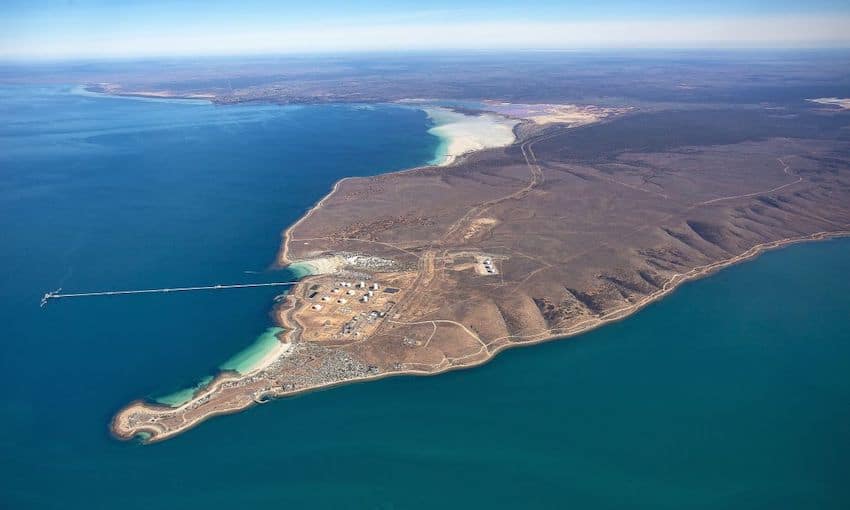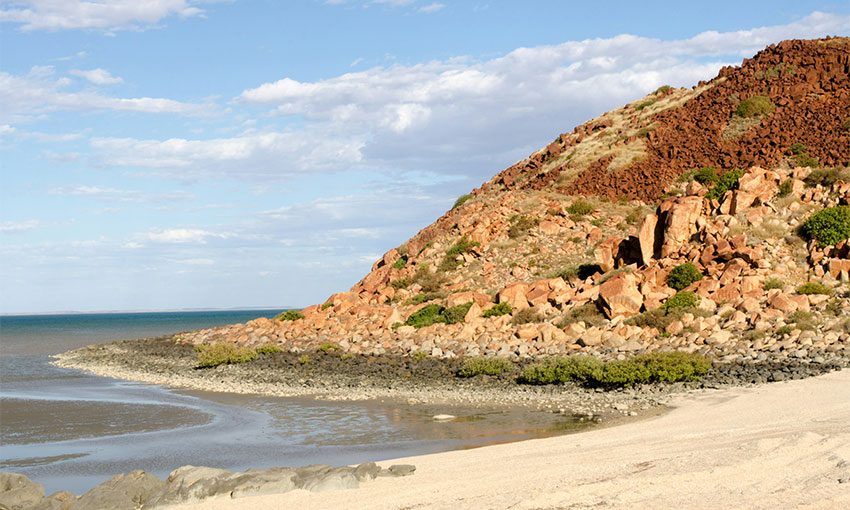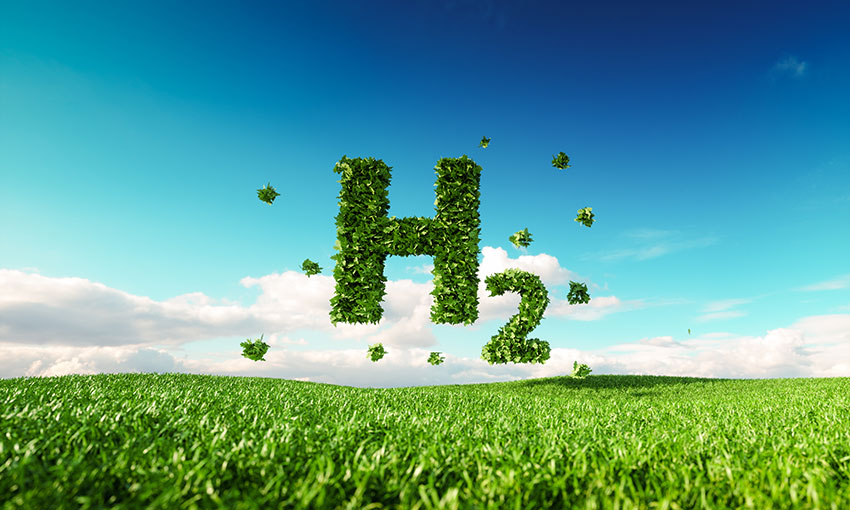AUSTRALIA’S hydrogen industry could generate an estimated $40 billion by 2040, research from National Energy Resources Australia has found.
The Powering Up report from NERA and advisory firm Arup analysed Australia’s hydrogen supply chain, equipment, technology and services opportunities.
The report suggests Australian hydrogen demand could amount to 9.5 million metric tons – almost ten times the current global production – with 46% designated for export markets.
It noted the selection of carriers for export would develop and mature as hydrogen production comes online, and that there is an opportunity to develop fuel bunkering ports in Australia because of the country’s low-cost and abundant supply of hydrogen.
The report also estimates the hydrogen industry could create between 58,000 and 72,000 jobs per year by 2040.
NERA and Arup said Australia needs “massive” infrastructure development to meet this demand, including a five-fold increase in Australia’s solar and wind capacity, thousands of electrolysers and compressors and more than 5000 hydrogen storage tanks.
They estimate the required infrastructure investment to amount to between $340 billion and $420 billion, with an annual investment of $25 billion to $30 billion between 2025 and 2040.
NERA CEO Miranda Taylor said the hydrogen supply chain could drive Australia’s future economic growth and position the country as a global leader in hydrogen.
“Our opportunity extends far beyond producing and exporting molecules,” Ms Taylor said.
“Rather, homegrown HETS businesses can offer cutting-edge technology and expertise across supply chain segments, such as hydrogen storage. But seizing this opportunity requires a robust local supply chain.”
Ms Taylor said Powering Up provides recommendations such as investing in regional capability, incentivising overseas manufacturers to onshore their capabilities and securing annual infrastructure investment.
She highlighted the importance of initiatives such as NERA’s hydrogen technology cluster network.
“The national network of 17 hydrogen clusters are pivotal in connecting emerging regional hydrogen industries in Australia, and promoting early HETS sector development, coordinated supply chains, and accessible entry points into hydrogen for local businesses.
“And, with 90% of hydrogen industry jobs projected to be regional areas, it is essential to develop local capabilities and supply chains to support this growth.”
NERA’s tenure as Australia’s energy resources industry growth centre is to conclude in July. The organisation is transitioning the national leadership role for regional networks to the Australian Hydrogen Council.
Australian Hydrogen Council CEO Fiona Simon said hydrogen clusters would help Australia seize its hydrogen opportunity.
“The Powering Up report demonstrates hydrogen’s immense economic, social and ecological potential for Australia,” she said.
“The opportunity is clear, but we must plan for the industry’s development on the ground, supporting local capabilities and developing skills, particularly in regional communities.
“We look forward to continuing NERA’s great work, bringing together the technology, skills and industries required for hydrogen to reach its potential.”





